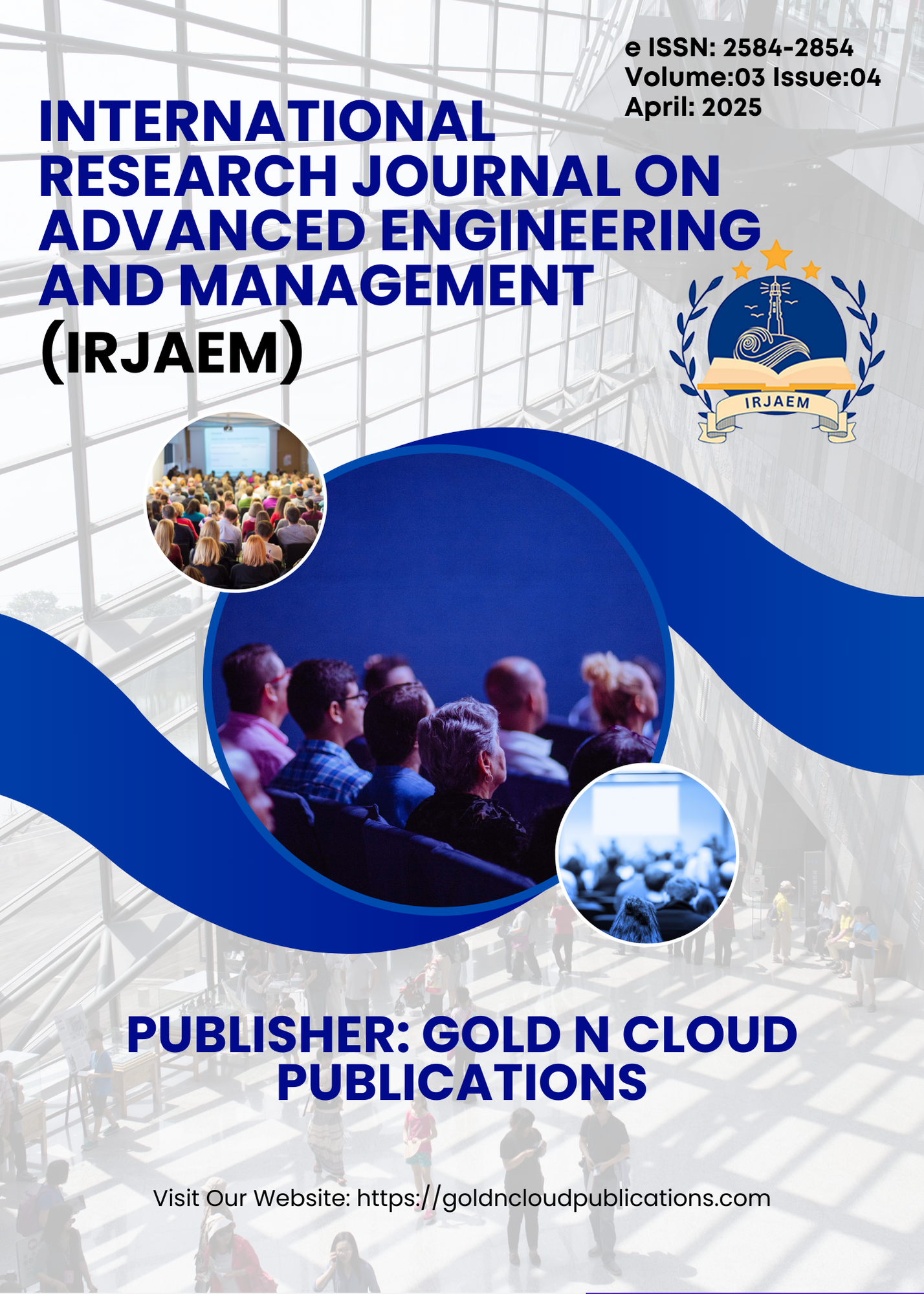Image Steganography Using RSA Algorithm
DOI:
https://doi.org/10.47392/IRJAEM.2025.0176Keywords:
Image Steganography, RSA Encryption, Cryptography, Information Security, Data Hiding, LSB Substitution, Hybrid Security, Digital CommunicationAbstract
This research explores a novel security framework that combines RSA cryptography with image steganography to address growing digital security challenges. Our approach employs a two-tier protection mechanism: first encrypting sensitive data using RSA public-key cryptography, then concealing this encrypted information within digital images through an adaptive Least Significant Bit (LSB) technique. Unlike single-layer security solutions, this hybrid model ensures that even if hidden data is detected, it remains protected by encryption. We've developed a comprehensive system featuring intuitive user interfaces for encryption, embedding, extraction, and decryption processes. Performance evaluation demonstrates excellent visual integrity of carrier images with Peak Signal-to-Noise Ratio (PSNR) values exceeding 53 dB across test cases. The adaptive embedding algorithm intelligently varies bit modification based on image characteristics, making the system resilient against common steganalysis methods. Implementation testing shows the system effectively balances security strength, visual quality preservation, computational efficiency, and embedding capacity. This dual-security approach proves especially valuable for confidential communications, intellectual property protection, and secure data transmission across vulnerable networks.
Downloads
Downloads
Published
Issue
Section
License
Copyright (c) 2025 International Research Journal on Advanced Engineering and Management (IRJAEM)

This work is licensed under a Creative Commons Attribution-NonCommercial 4.0 International License.


 .
. 